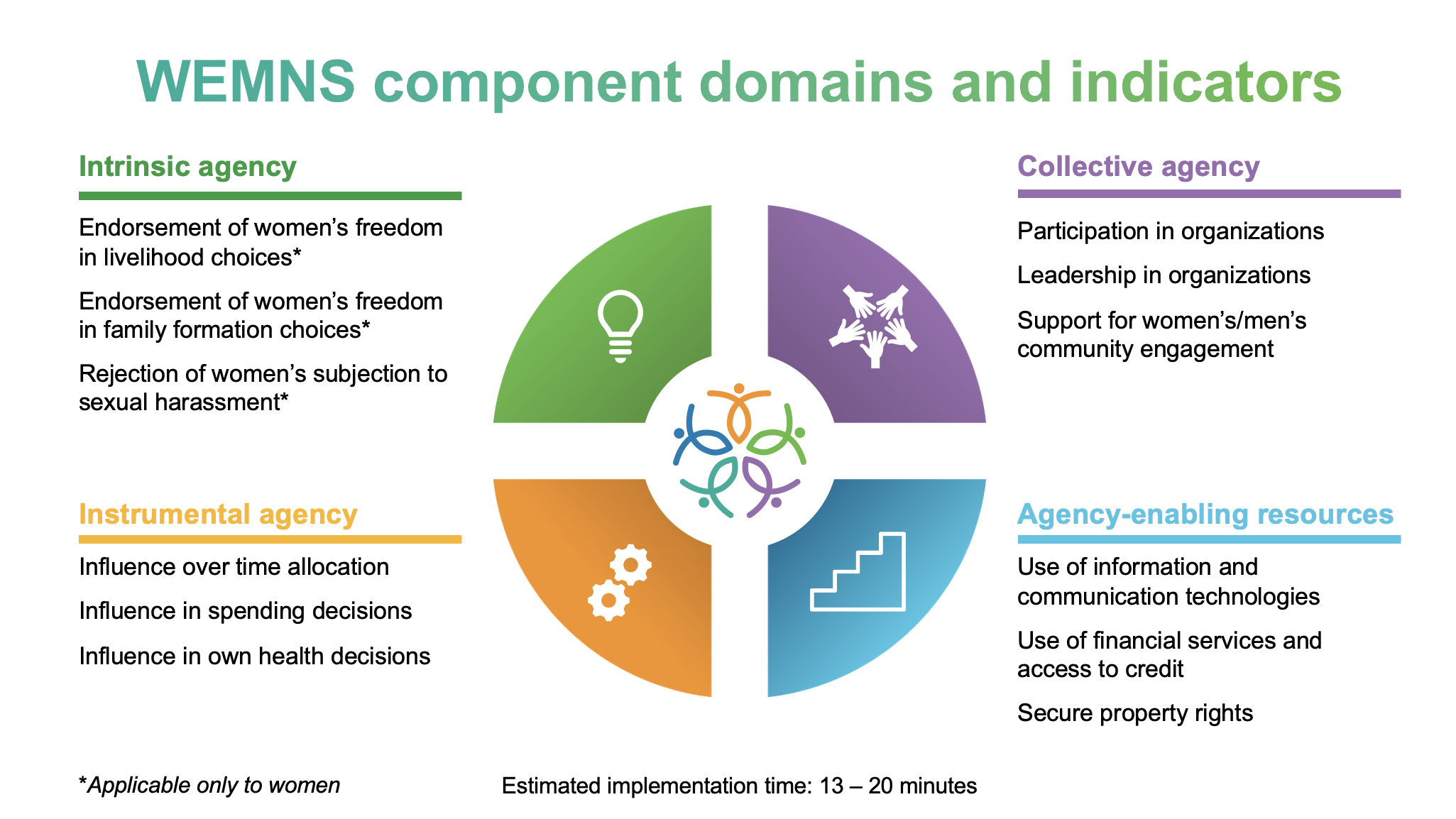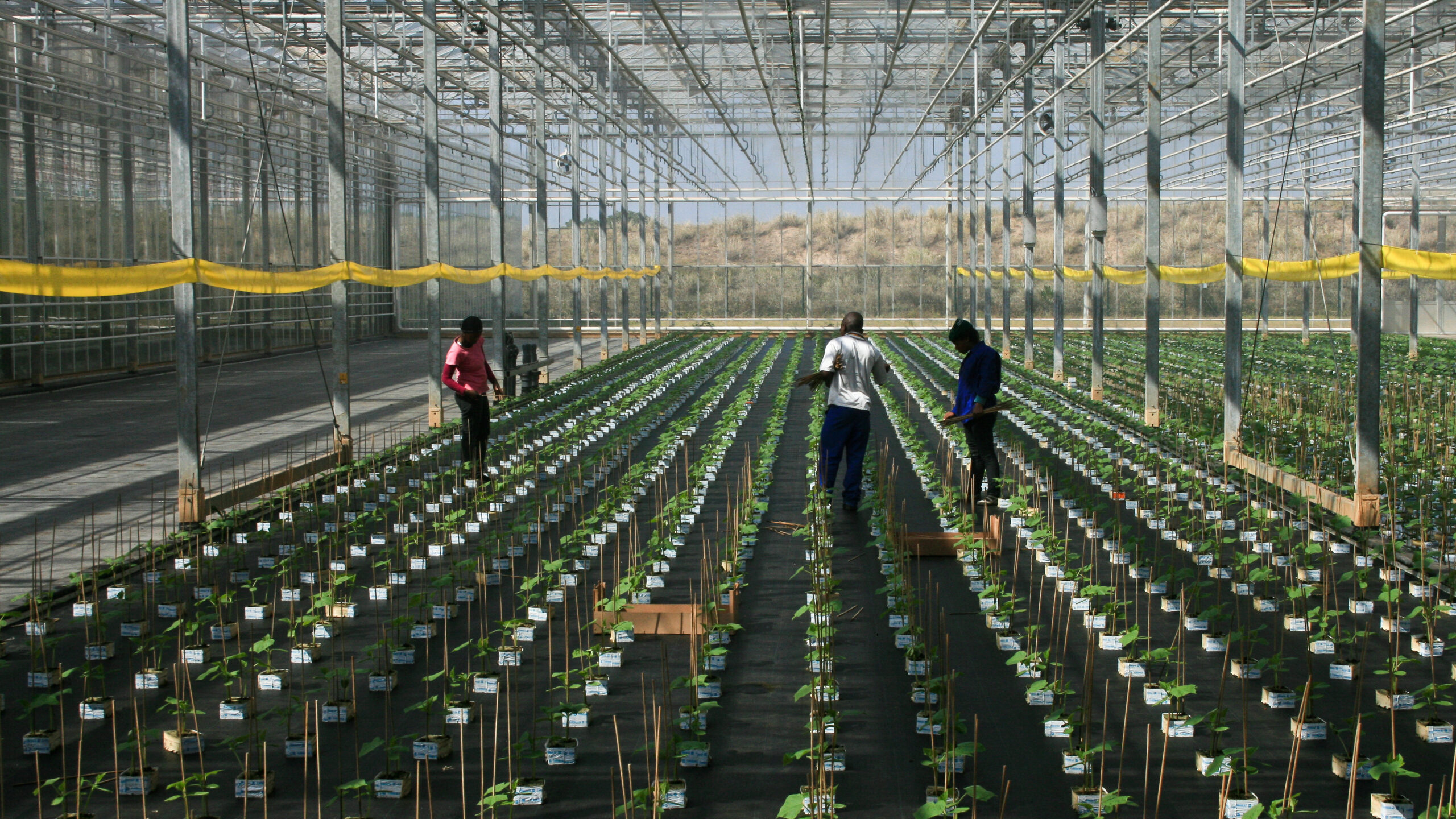The COVID-19 pandemic has caused a major shock to food supply chains, as lockdowns and restrictions affecting labor supply, input provisioning, logistics, and distribution channels severely compromised poor consumers’ access to food. Yet it could have been worse; food systems have also shown resilience and innovative capacity to adjust. The new constraints led firms in a number of developing countries to innovate, scaling up the digitalization of food supply chains. This widespread adoption of e-commerce by large and small retailers and food service (restaurant) enterprises served an important role in ensuring food access to consumers.
Many businesses pivoted their operations, i.e., made fundamental shifts in businesses practices in response to the shocks or the new opportunities they saw. Here we discuss how e-commerce rose to meet the pandemic challenge and argue that enabling its continued development is an important approach to food system resilience in the face of future shocks. These developments have important implications for the 2021 UN Food Systems Summit (UNFSS), whose principal themes include building resilience of food systems to vulnerabilities, shocks, and stress; and promoting food security and improving access to nutritious foods.
Such innovations were already underway before the pandemic, but have taken major flight since. E-commerce in food retail and services more than doubled during 2020. This is happening worldwide, a global revolution in agrifood supply chains similar to the supermarket revolution.
Our recent publications identify several emerging fundamental changes in individual business and supply-chain operations through digital technologies:
- E-commerce entering food value chains. During the 2010s, the food sector witnessed rapid growth of e-commerce firms that acquired, founded, or partnered with brick-and-mortar retailers. Notable examples include Amazon buying Whole Foods in the United States in 2017 and establishing Amazon Fresh stores in 2020, and China’s JD.com buying Yonghui Superstores in 2015. Conversely, Walmart-India acquired Flipkart, a large e-commerce firm, in 2018; and Reliance, a supermarket chain in India, founded Jiomart as a grocery e-commerce subsidiary in 2019. With COVID-19, these combinations of e-commerce and physical stores have expanded exponentially. Businesses unable to follow this strategy faltered, as exemplified by the case of Future Retail in India, which was brought to the brink of bankruptcy and then taken over by Reliance.
- Food retailers leveraging e-commerce to integrate their supply chains. Before the pandemic, supermarket chains in developing countries had begun to offer online ordering and home delivery. In response to the lockdowns and social distancing, leading retail and fast-food chains greatly expanded home delivery and curbside pickup. For example, in India, Walmart-Flipkart drew on the services of its own Ekart Logistics, both to make its own deliveries and to sell logistics services to other e-commerce and brick-and-mortar retail firms. In some cases, e-commerce intermediaries obtained investment financing from retailers to expand their operations. For example, India’s Walmart-Flipkart invested in the logistics startup Shadowfax, an e-platform that links small and medium enterprises (SMEs) to e-commerce companies.
- Proliferation of new delivery intermediaries “co-pivoting” to facilitate e-commerce in food supply chains. Rapido is an e-intermediary, providing an app consumers use to select products from a list of subscribed retailers, and a delivery intermediary, employing electric bicyclists to deliver products. Rappi in Latin America and Swiggy in India are examples of large-scale food delivery services that expanded rapidly during the 2010s by adding e-commerce to their operations, and, in 2020, expanded further as a crucial business adjustment to the pandemic.
- SME retailers and food service pivot to e-commerce with delivery. In much of lower-income Asia, Africa, and Latin America, SMEs still dominate food retail and services. During the pandemic, as small shops and restaurants were severely affected by mobility restrictions and consumer fears, these businesses pivoted to deliver food products and meals using online platforms. In Thailand, SME retailers began selling food directly to consumers via Facebook, cellphone networks, and local SME delivery apps. SME retailers in India established e-commerce activities using Reliance, Jiopay (e-payments), and its e-commerce division, Jiomart (e-commerce). These changes started before COVID-19 but rapidly expanded in 2020, providing new business opportunities for small and medium food businesses and delivery intermediaries.
E-commerce is also leveraging direct sales by farmers to consumers. In some cases, this involves large e-commerce firms supplanting traditional intermediation, like China’s Pinduoduo (the second-ranked Chinese e-commerce company after Alibaba in terms of number of customers), which aggregates produce over farmers “teams” and arranges pickup and delivery to consumers. Alongside, however, smallholder farms and cooperatives in China (and elsewhere) have also set up their own online stores through third-party e-commerce platforms and advertising through social-media groups, bypassing middlemen and selling directly to consumers. This model appears to work well, especially in areas with special agricultural products, convenient infrastructure, and logistics.
These developments have important implications for the UNFSS. The food system innovations we have described have been almost entirely market-driven and introduced by private sector actors, but their ability to innovate heavily depended on the availability of adequate basic infrastructure, mobile information and communications technology (ICT) networks, and regulation put in place by past public investment and policies. This type of public support is essential for market integration and lowering transaction costs along supply chains, allowing both food and non-food businesses to leverage digital platforms and pivot their operations. Governments would be ill-advised to organize supply chain integration directly, but rather should focus on this role as facilitators and target support to provide access to affordable mobile services, ease market entry for SMEs to ensure that businesses’ pivoting and changing practices do not lead to increased concentration of food markets. With this support, food supply chain modernization and innovation can contribute to improving livelihoods and decent job creation along supply chains, while enhancing resilience to the impacts of future shocks and disruptions—thus playing a crucial role in the transformation of food systems.
Thomas Reardon is a Professor at Michigan State University and SME Focal Point for UNFSS Action Track 5; Johan Swinnen is Director General of IFPRI and co-lead of the UNFSS Finance Lever; Rob Vos is Director of IFPRI’s Markets, Trade, and Institutions Division and a member of the leadership team of UNFSS Action Track 2; David Zilberman is a Professor at the University of California at Berkeley and member of the UNFSS Scientific Group.







